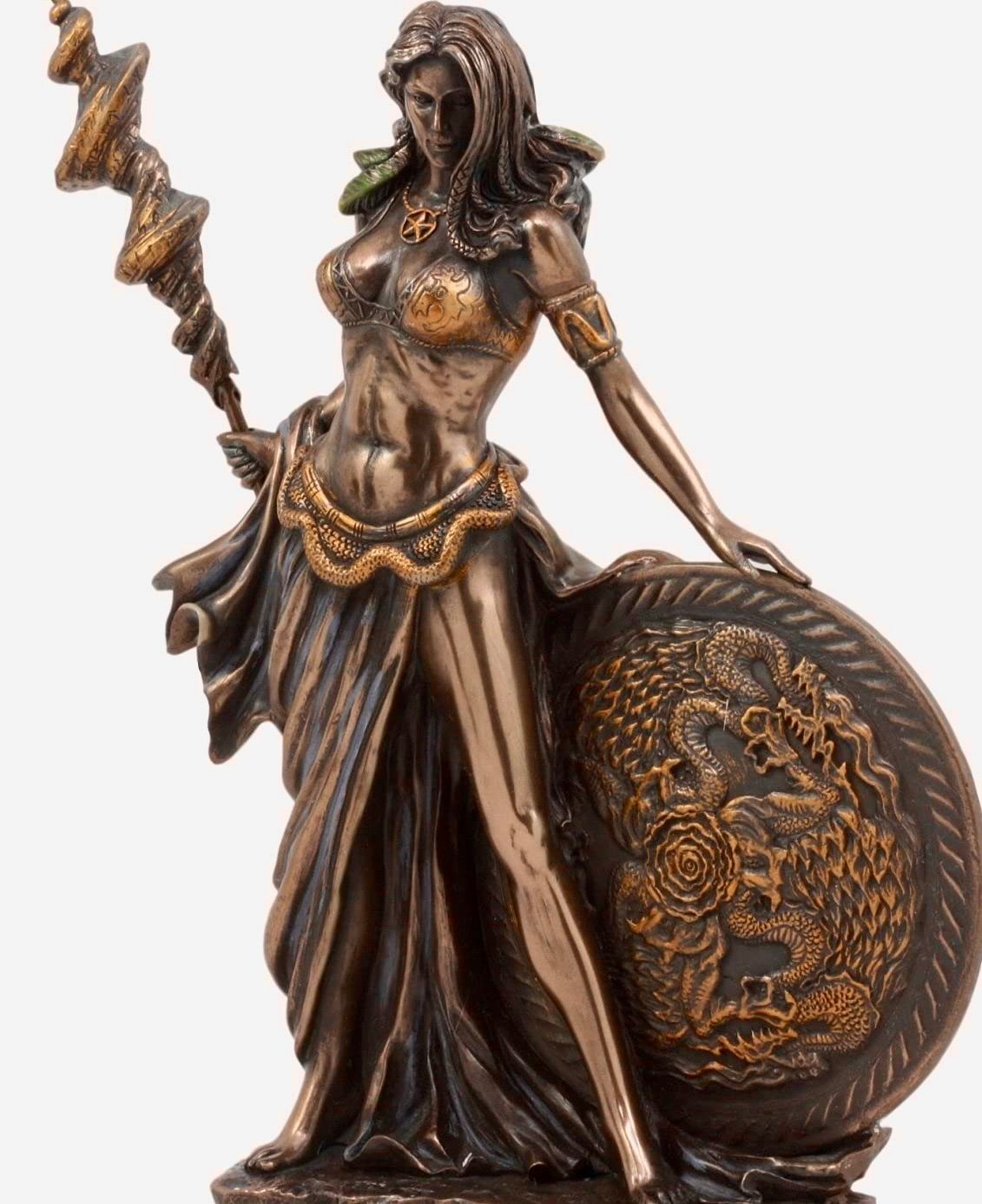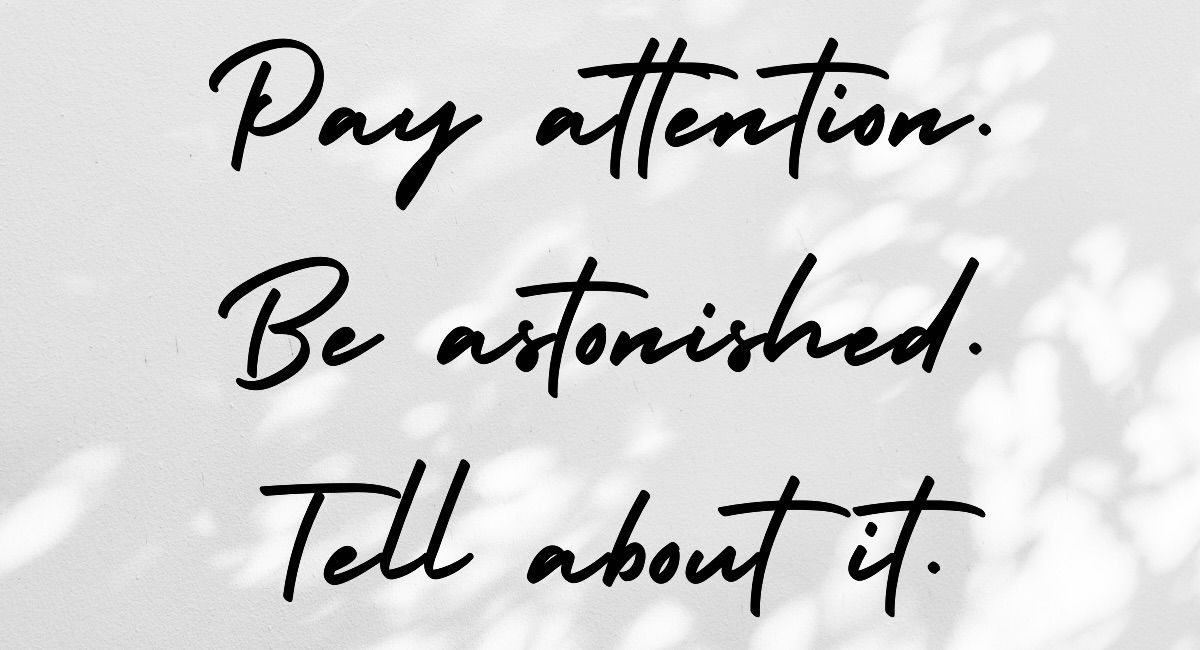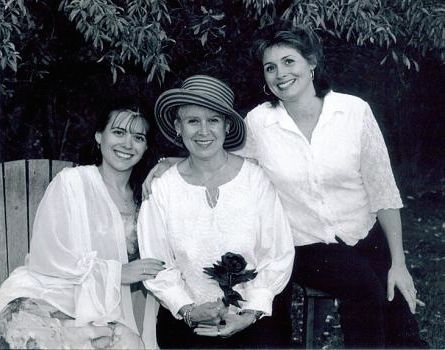A Word about Women
Sign up for blog updates!
Join my email list to receive updates and information.

From Norse halls to modern America, the thread remains unbroken.

Picture a Viking housewife, spindle in hand. All she does is weave, you think, while her husband and his pals are on a business trip, raping and pillaging. You'd be dead wrong.
Between 800 and 1066 A.D., the threads these women spun didn't just create fabric for clothing or trade. They wove the very fabric of society.
They identified strongly with Frigg, queen of the Norse gods, whose statue is depicted above. She ruled at the side of Odin with a spindle as her scepter.
For Viking women, the act of weaving represented both economic contribution and artistic expression. Their spindles held a kind of power to such a great degree that they were seen not just as nurturers but also as protectors of Norse society.
The echo of these ancient women still resonates:
- My grandmother, Thekla, named after the first Christian martyr, a follower of Saint Paul and a symbol for the empowerment of women because she preached and baptized – roles typically performed only by men. At nineteen years of age, my grandmother walked off her family’s farm in Western Ukraine and traveled some 5,000 miles to America. Illiterate, no English, no AMEX card. She thrived, owning her own home and raising four successful children.
- My wife’s grandmother, an immigrant from Italy, became a union organizer in the textile factory where she’d found work.
- My wife, Jo Anne: daughter, sister, wife, mother, friend, kindergarten teacher, dance teacher, choreographer, den mother, corporate event producer, model, voiceover artist, and actress.
- My older daughter, Wendy, who as a stay-at-home mom raised three young men – one a doctor – and reconstructed her career and identity from the ground up when her husband's infidelity shattered her world. She didn't just survive that devastation; she transformed it into a second act.
- And Julie, my younger daughter, who became a widow at twenty-eight when a drunk driver ended her husband's life in a head-on collision. Now she's managing breast cancer while writing poetry so breathtaking it hurts to read – turning pain into art that will outlive us all.
Like this recent one:
I see all around me:
guardians pushing wheelchairs
heads covered by scarves
faces obscured by masks.
I’m lucky.
I can still pass as “Normal.”
My once-thick hair -- to me -- is thin and drab
but I still have enough to pass as “Normal.”
My once-olive complexion is mottled by vitiligo and my face is pale
but I can use makeup and still pass as “Normal.”
My Brooke Shields’ eyebrows are now sparse and scraggly
but I can color them in and still pass as “Normal.”
My energy is sapped so that I can barely ascend a flight of stairs
but I’m walking and can still pass as “Normal.”
It’s not Vanity.
All I want to do is pass as Normal.
From Viking halls to modern America, the thread remains unbroken. These women—ancient and contemporary, famous and unknown—share something fundamental: they transform their circumstances into power. They weave meaning from chaos, strength from suffering, legacy from everyday acts of courage.
That's what the spindle always meant. Not submission, but sovereignty. Not limitation, but limitless determination.
Women of power aren't a new cultural phenomenon. They've always been here. Trivialize them at your own peril.

Julie Yaremko, Jo Anne Yaremko, Wendy Yaremko
